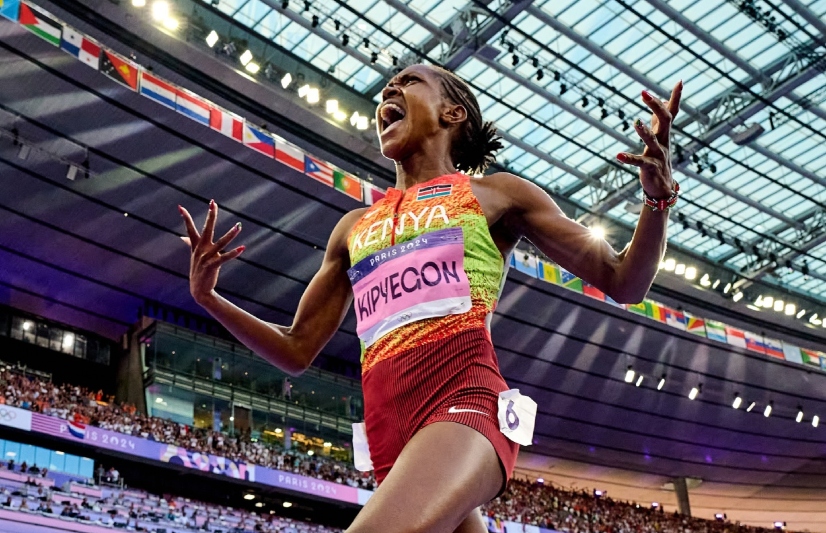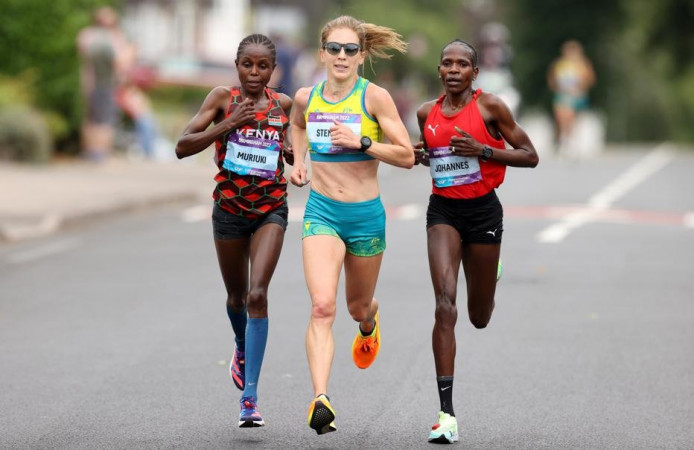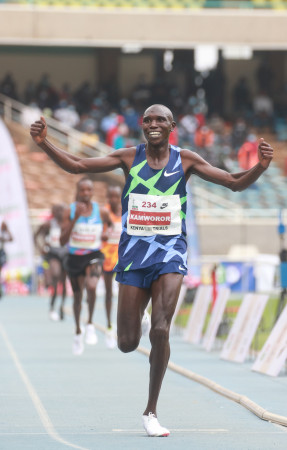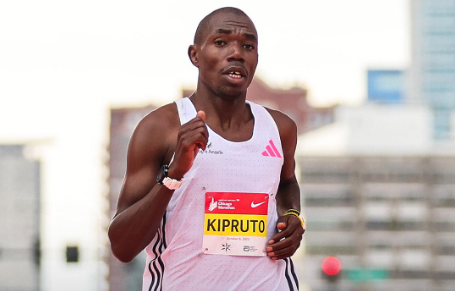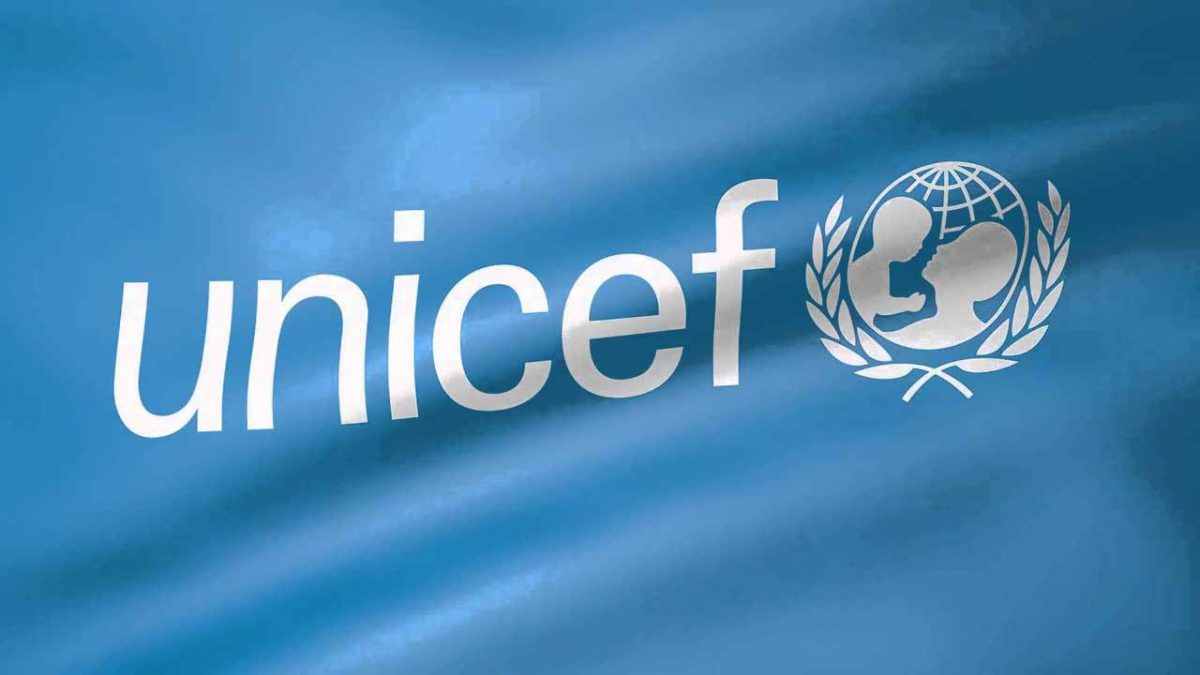Why marathon races are lucrative
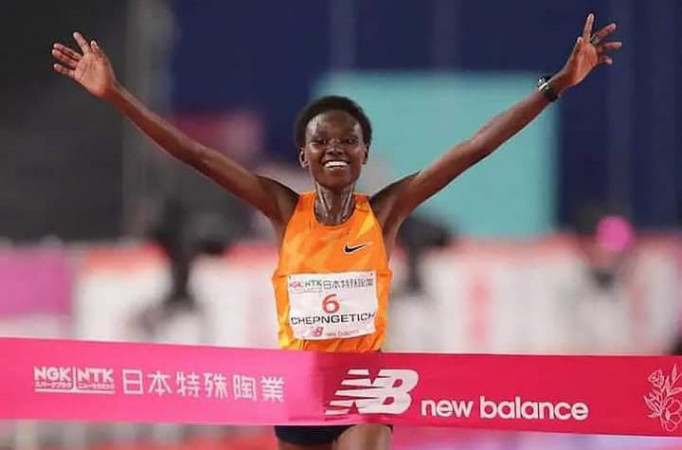
Ruth Chepngetich just set a monetary record by winning the highest ever prize at the Nagoya Women’s Marathon. A stunning Ksh 28.5 million.
The 27-year-old crossed the line at Vantelin Dome Nagoya in 2 hours, 17 minutes, 18 seconds. What has shocked the athletic community is actually the cashed-in prize more than her athletic ability.
What also comes to mind, especially marathons enthusiasts is why exactly are marathon races so lucrative.
Primarily, these long-distance races are so expensive, time-consuming, and in-demand that companies are spending money on them either for the prestige and the advertising of a permanent corporate sponsorship, or just to get a simple, lucrative return on investment.
Some of the elite races charge participants different fees from selection lotteries to registration costs. And these charges can be quite hefty. The bigger the race, the bigger the cost. Hence a boost in profits will automatically guarantee a high payout for the winners.
Races that also run in the name of a charity can attract big sponsors who want to give back to the community and benefit from supporting a good cause.
Some of the world’s biggest marathons attract people from all over the world. That means big money for local economies. For example, roughly 30% of the drawing applicants accepted to run in the 2022 Nagoya Women’s Marathon were international runners.
Runners who come from outside the hosting metropolitan area inject a lot of money into hotels, food, and entertainment.
It’s quite true to say that marathon racing is more than a century old; this being the case, participation numbers have increased wildly in the past decade. As more people embrace the health benefits of running, along with its low-cost and minimal barriers to entry, marathon organizers are shaping up to see their numbers continue to grow each year.
